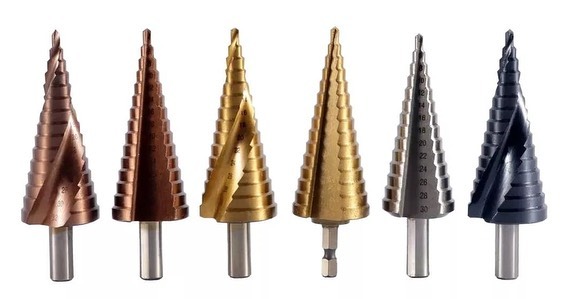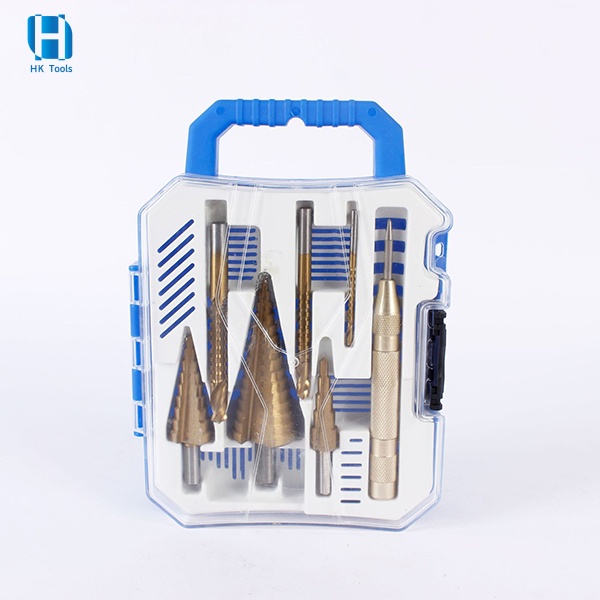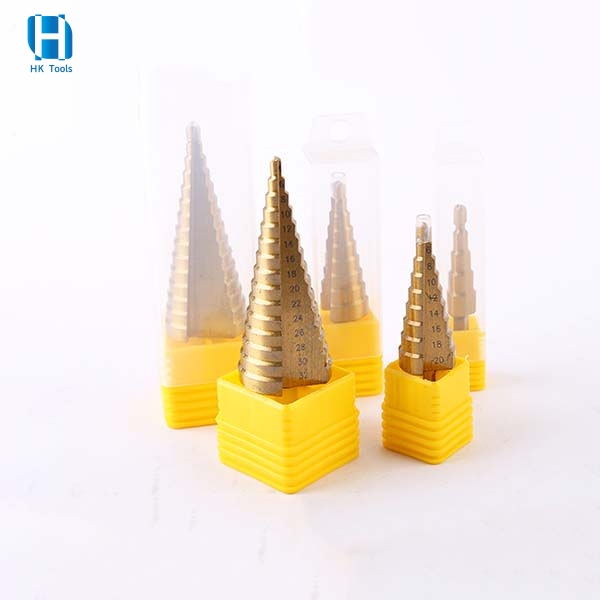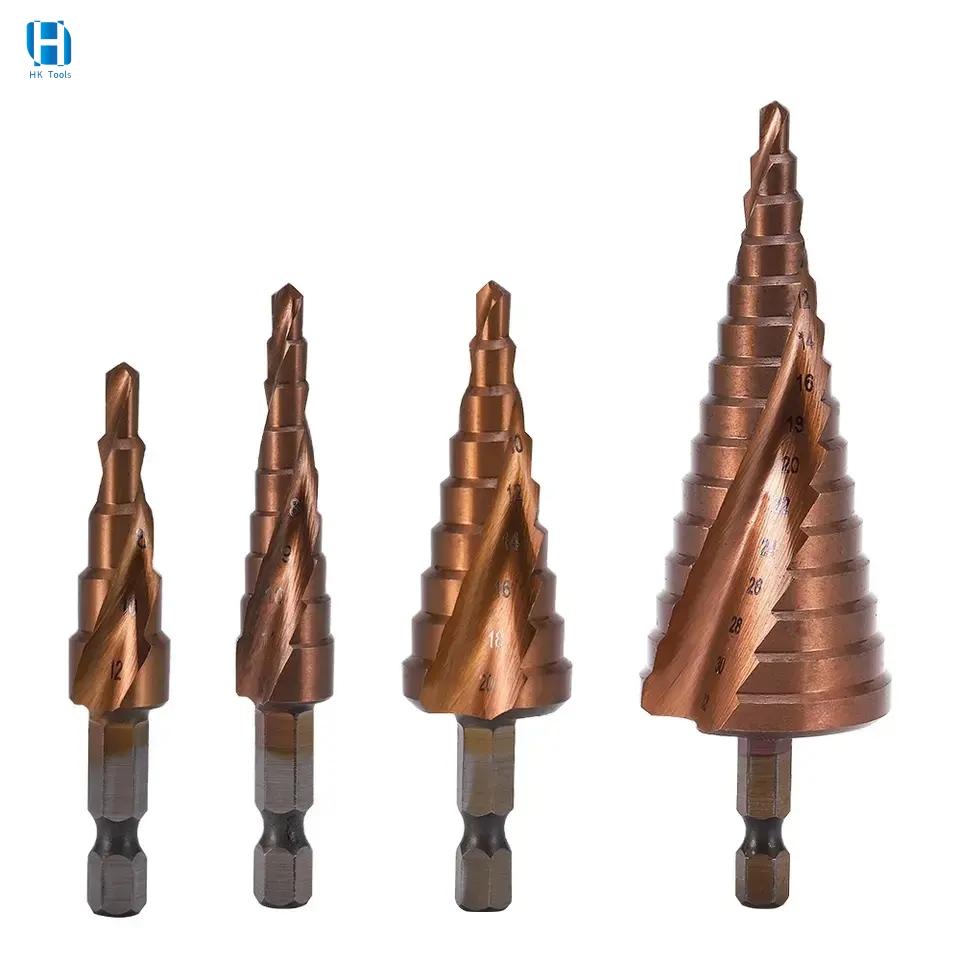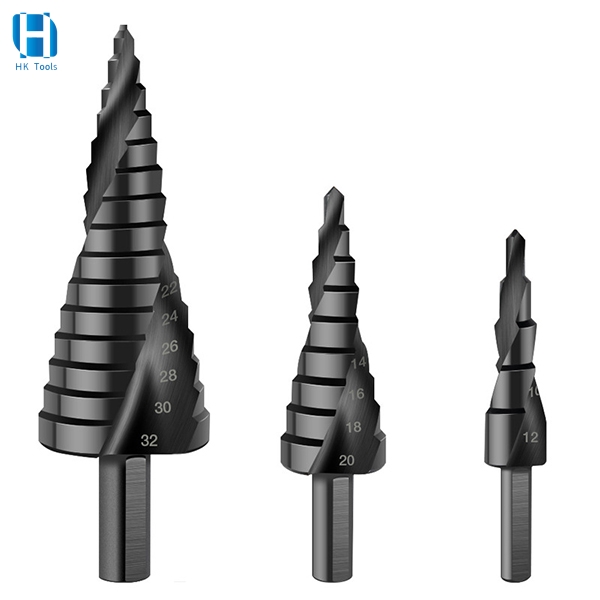The Differences Between Straight Flute And Spiral Flute In Step Drill Bit
When it comes to step drill bits, there are two common flute designs that significantly impact the performance and functionality: straight flute and spiral flute. While both types are used to drill holes in a variety of materials, their design differences make them suitable for different applications. Understanding these differences can help you choose the right drill bit for your specific needs. Here's a breakdown of the key differences:
1.Flute design
Spiral flute step drills are usually spiral-shaped, like a screw, and this design is mainly used for chip removal and coolant delivery. When drilling into metal or hard materials, spiral flute drills can effectively deliver cutting fluid to the cutting area, while discharging chips out of the hole along the spiral flute. Precision shape and low friction coefficient make it excellent in high-speed drilling operations. Usually the spiral angle of the spiral flute drill bit is adjusted according to the hardness of the material.
The straight flute design of the step drill is more simple and direct, and is usually used for drilling holes in soft materials, such as wood or plastic. The straight flute drill bit is relatively easy to remove chips due to its simple groove shape, which is very beneficial in the processing of soft materials. In addition, the friction generated during the operation is small, which helps to reduce heat generation and avoid material burns.
2. Comparison of technical parameters of spiral flutes and straight flutes
The technical parameters of spiral flute and straight flute drill bits are also different. For example, the helix angle, pitch and cutting edge design of spiral groove drills are usually more complex to meet the cutting requirements of different materials. Straight groove drills are relatively simple in design, and some technical parameters such as diameter tolerance may be easier to control, which is suitable for occasions requiring higher aperture accuracy.
3. Material Suitability:
For metal materials, especially those with higher hardness and lower thermal conductivity, spiral flute drill bits are usually the first choice due to their excellent chip removal and cooling performance. On the contrary, when working on cork, plastic or other soft materials, the advantages of straight flute drill bits are more obvious, which can avoid overheating and maintain good cutting clarity.
Therefore, when choosing a step drill bit, you need to consider the nature of the workpiece material, the required aperture accuracy, whether fast chip removal is required, etc. If you are engaged in some precision metal processing industries, then having a set of high-quality spiral flute step drill bits is essential; if most of your work is concentrated in woodworking or plastic processing, then straight flute step drill bits may be more in line with your needs.
Post time: Oct-18-2024





